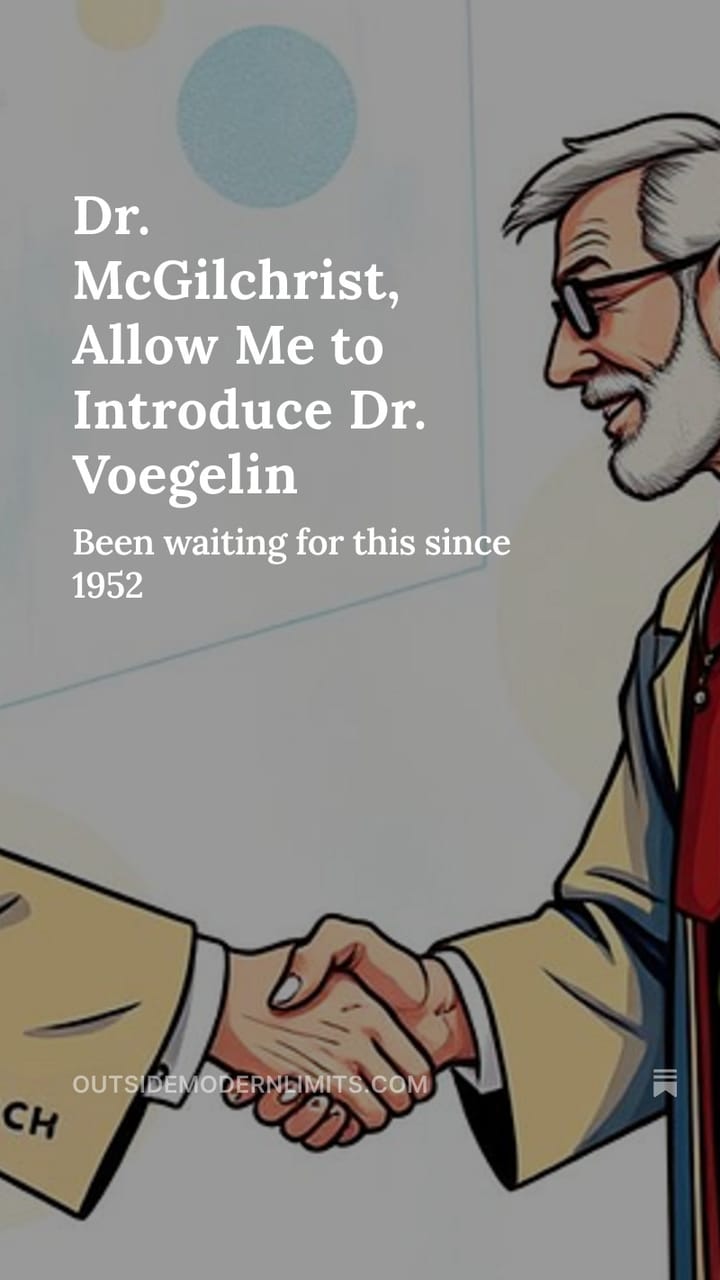The Self-Destructive Effects of Progressive Sadness
David Brooks at the New York Times

One well-established finding of social science research is that conservatives report being happier than liberals. Over the years, researchers have come up with a bunch of theories to explain this phenomenon.
The first explanation is that conservatives are more likely to take part in the activities that are linked to personal happiness — like being married and actively participating in a religious community. The second explanation is that of course conservatives are happier; they are by definition more satisfied with the established order of things.
The third explanation, related to the second, is that on personality tests liberals tend to score higher on openness to experience but also higher on neuroticism. People who score high on neuroticism are vigilant against potential harms, but they also have to live with a lot of negative emotions — like sadness and anxiety.
I’ve paid only casual attention to these debates over the years, mostly because, during the Barack Obama years, for example, liberals didn’t seem sad. Massive crowds of young Democrats were chanting “Yes We Can!” at Obama campaign rallies built around hope and change. Audiences thrilled to Lin-Manuel Miranda’s “Hamilton,” an optimistic, celebratory and multiracial account of America’s founding. There was an assumption of confidence — America is moving forward, the arc of history bends toward justice.
Gradually, that atmosphere changed. First, smartphones and social media emerged and had a negative effect on the nation’s psyche, especially among the young. Then the election of Donald Trump darkened the national mood, on right and left.
Young liberals were hit especially hard. A 2021 study by Catherine Gimbrone, Lisa M. Bates, Seth J. Prins and Katherine M. Keyes looked at the emotional states of 12th-grade students between 2005 and 2018. Liberal girls experienced a surge in depressive symptoms. Liberal boys weren’t far behind. Conservative boys and girls also suffered from higher rates of depressive symptoms, but not nearly as much as liberals. Sadness was linked to ideology.
Lord knows the right has gone off on its own jarring psychological journey of late, but many on the left began to suffer from what you might call maladaptive sadness. This mind-set had three main features.
First, a catastrophizing mentality. For many, America’s problems came to seem endemic: The American dream is a sham, climate change is so unstoppable, systemic racism is eternal. Making catastrophic pronouncements became a way to display that you were woke to the brutalities of American life. The problem, Matthew Yglesias recently wrote on his Substack, is that catastrophizing doesn’t usually help you solve problems. People who provide therapy to depressive people try to break the cycle of catastrophic thinking so they can more calmly locate and deal with the problems they actually have control over.



